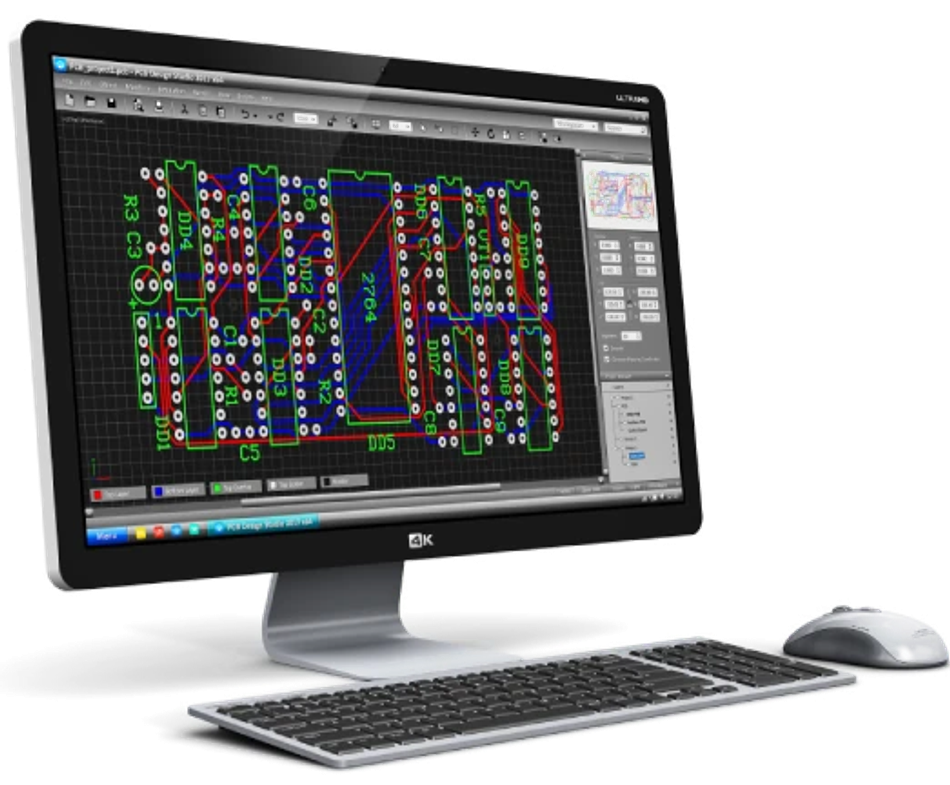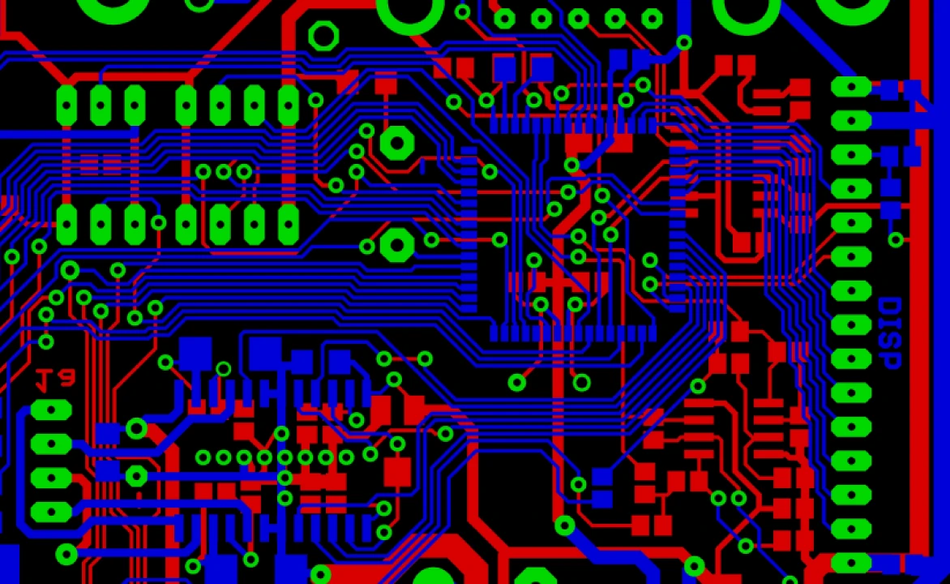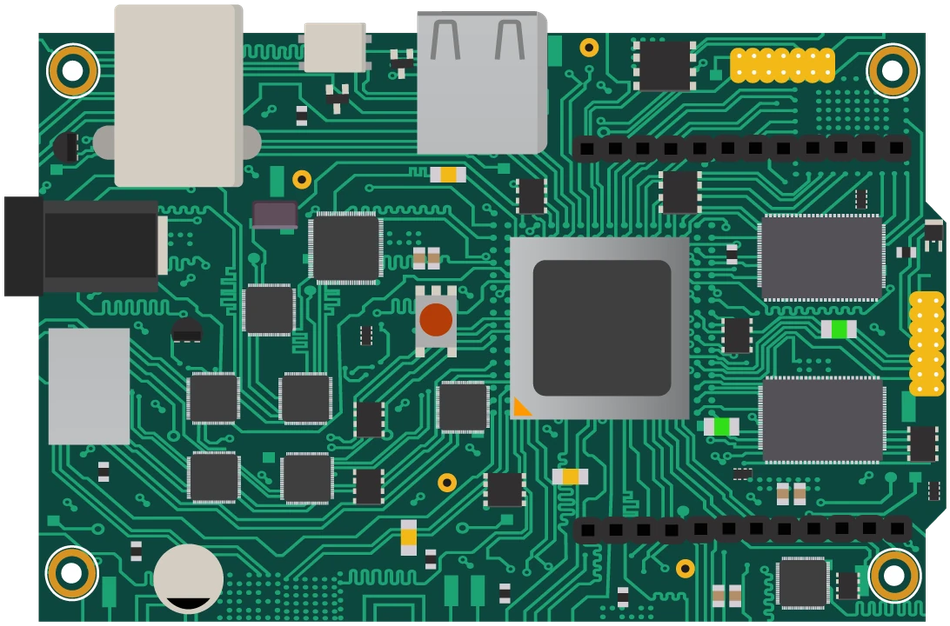MCAD and ECAD Collaboration for Smart Electronics Design
The merging of ECAD and MCAD allows virtual simulation of the manufacturing process and reduces validation gaps that can happen when design efforts happen independently.

MCAD and ECAD collaboration produces smarter design outputs
To ensure a new PCB system performs as intended, all the complex interactions between its mechanical and electrical components need verification. This includes mechanical modeling, electrical simulation, and thermal stress analysis. Electrical and mechanical computer automated design can now occur simultaneously to reduce possible validation gaps when two separate design efforts happen independently. Let’s review how these two engineering processes merge into a single simulation stage to improve system design outcomes.
What is MCAD?
Mechanical engineers use the advanced software called Mechanical Computer-aided Design (MCAD) to create and modify the 2D and 3D geometry of their systems during development. This tool designs, models, and documents mechanical components, sheet metal components, assemblies, and products. Components can include molds, dies, and other tooling as well as the electrical PCB. MCAD provides many capabilities including:
- 3D Modeling. Create and modify designs using 3D geometry sets.
- 2D Sketching. Create and modify designs using 2D geometry sets.
- Assembly Modeling. 3D modeling capabilities built within set parameters and constraints.
- Engineering Documentation. This includes drawing views, 2D drafting sketches, and PMI dimensions and notes.
MCAD serves several purposes for validating new system mechanical aspects. Throughout the development process, MCAD software helps the engineering team explore different design versions, both in concept and in final detail. Different alternatives can be built within the tool and used to evaluate available options by comparing them against each other. The tool can also assess design form and fit options like weight or volume. This provides a check for mechanical interferences that can cause manufacturing issues later.
What is ECAD?
Electrical design and layout engineers use Electrical Computer-Aided Design (ECAD) to create schematic diagrams and printed circuit board (PCB) layouts. Outputs are both 2D and 3D designs assessing PCB electrical circuitry performance. ECAD provides many capabilities, including:
- Diagramming. Engineers can define components and the signals that connect them.
- Trace Routing. This defines the trace path between components within a specific PCB layer.
- 3D Assembly. This option provides 3D modeling capabilities.
- Collaboration. Team development capabilities capture and coordinate individual feedback.
- Concurrent Design. Multiple designs of the same PCB can happen simultaneously.
- Constraint Checking. ECAD automatically checks against the company or industry rules and highlights issues affecting performance or manufacturability.
- Export Capabilities. Generate ECAM design files and a BOM.
By changing components and attributes, ECAD software can explore complex electrical schematic iterations. This occurs as a schematic diagram in the abstract or in full layout detail using a 3D assembly library. Users can build out different layout alternatives and options with various component spacings, comparing them against the system’s electrical requirements.
As a final design step, ECAD software generates necessary manufacturing documentation. This documentation releases to manufacturing as part of the specification process used to source, fabricate, and produce PCB in high volumes.
The documented processes provide a method to add Product Manufacturing Information (PMI). PMI provides information such as dimensions and notes to a 3D electrical and mechanical model. Also, it provides bill of material (BOM) and assembly instructions to the factory for surface mounting technology (SMT) requirements for the components mounted on the PCB.
How MCAD and ECAD integrate together?
Historically, CAD tools targeted electrical and mechanical functions separately. Two separate software packages were needed, or no interaction occurred between the two whatsoever. But as systems progressed in complexity, the interaction between electrical performance and mechanical design married as integrated functions.
Now proper component libraries allow both electrical and mechanical aspects of your system to be modeled in a single advanced software tool, such as Fusion. Mechanical modeling uses the mechanical aspects of each electrical component in two or three dimensions. This allows proper thermal and stress analysis of the entire system based on the spacing of the components within the enclosure.
Thermal modeling can be accomplished by simulating the power consumption of the electrical components spatially based on their location within the layout. A comprehensive thermal analysis couples with mechanical enclosures and fasteners for a more complete simulation. Combined with a mechanical stress model showing system tension, flexion, and torsion, a worst-case modeling scenario proves out the design or exposes flaws. Iterative design changes can then be made based on the results to improve the design.
Conclusion
Complex system designs now need co-simulation of electrical and mechanical technical attributes. One single CAD tool such as Fusion, can now cover both ECAD and MCAD model simulation using advanced libraries, providing more detailed design validation for higher confidence in first article prototype success.
These sophisticated CAD tools also generate all the documentation needed for production processes to properly inform factories of manufacturing requirements. While new software packages seem daunting to a productive design team, your contract manufacturing (CM) partner should be part of your support team. With your CM partner’s assistance, these toolsets can assimilate into your design process with successful results.
For more information, read our White Paper How to Avoid Electronics Manufacturing and Assembly Issues Using Integrated ECAD/MCAD.


